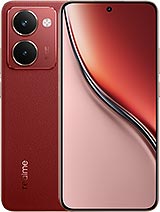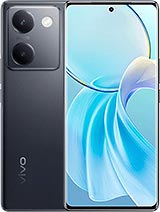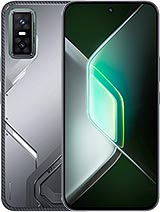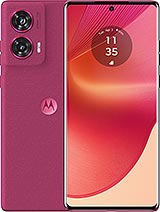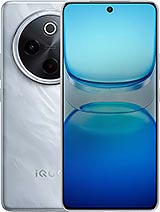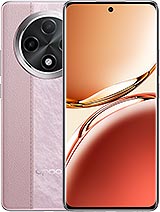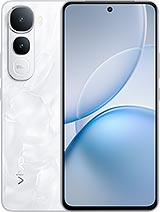Poco F6 alternatives
Tap above to see alternatives.
vivo Y400 alternatives
Tap above to see alternatives.
1x3.0 GHz Cortex-X4
4x2.8 GHz Cortex-A720
3x2.0 GHz Cortex-A520
2x2.2 GHz Cortex-A78
6x1.95 GHz Cortex-A55
12GB 512GB (UFS 4.0)
8GB 256GB (UFS 3.1)
(f/1.6, (wide), 1/1.95", 0.8µm, multi-directional PDAF, OIS)
8 MP
((ultrawide), 1/4.0", 1.12µm)
f/1.8, (wide), 1/1.95", 0.8µm, PDAF
2 MP
f/2.4, (depth)
1080p@30/60/120/240fps
f/2.2, (wide), 0.8µm
f/2.45, (wide), 1/3.1", 0.7µm
SIM1: Nano, SIM2: Nano
SIM1: Nano, SIM2: Nano (Hybrid)
FDD: N1, N3, N5, N7, N8, N20, N28
TDD: N38, N40, N41, N48, N66, N77, N78
FDD: N1, N3, N5, N8, N28
TDD: N40, N77, N78
FDD: N1, N3, N5, N7, N8, N20, N28
TDD: N38, N40, N41, N48, N66, N77, N78
FDD: N1, N3, N5, N8, N28
TDD: N40, N77, N78
In this performance comparison, the Poco F6 with its Qualcomm Snapdragon 8s Gen 3 (4nm) performs better than the vivo Y400 with the Qualcomm Snapdragon 4 Gen 2 (4nm), thanks to superior chipset efficiency.
Poco F6 offers 3 years of OS updates, whereas vivo Y400 provides 2 years. For security updates, Poco F6 offers 4 years of support compared to vivo Y400's 3 years.
Both Poco F6 and vivo Y400 feature AMOLED displays, offering vibrant colors and deeper blacks. Both smartphones offer the same 120 Hz refresh rate. Poco F6 also boasts a brighter screen with 2400 nits of peak brightness, enhancing outdoor visibility. Notably, Poco F6 offers a higher screen resolution, resulting in sharper visuals and more detailed content.
vivo Y400 features a larger 6000 mAh battery, potentially delivering better battery life. Both devices support the same wired charging speed of 90W.
vivo Y400 offers better protection against water and dust with an IP69 rating.
- Poco F6 – Check price here
- vivo Y400 – Check price here
¹ Scores can vary even with the same chipset due to RAM, thermals, and software optimization.


